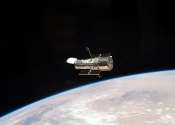Climate projections show fewer opportunities for prescribed fires
Severe wildfires increase with a decrease in prescribed burns—but new research shows that in some places across the United States there may be fewer opportunities to safely burn in the future.









